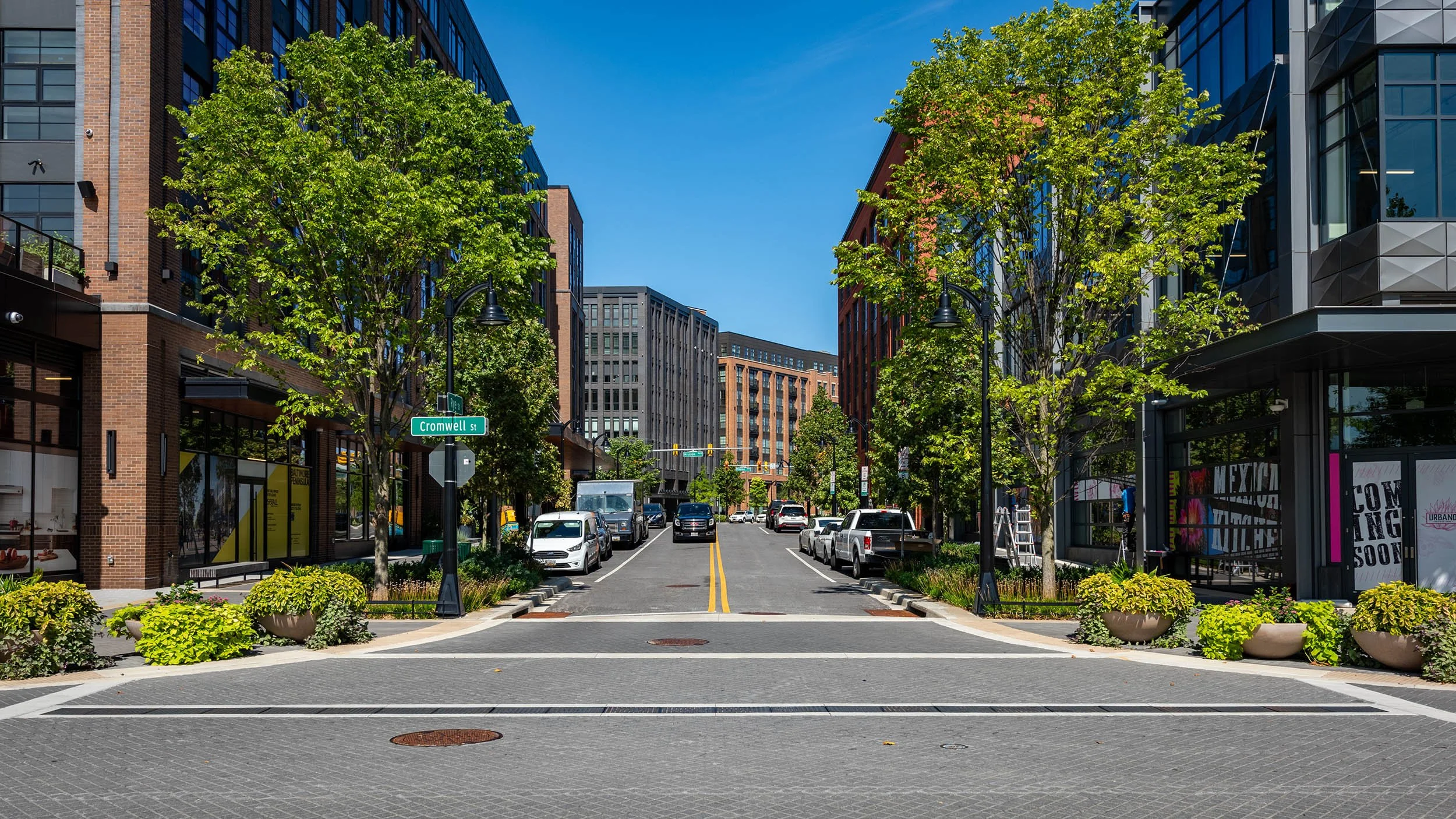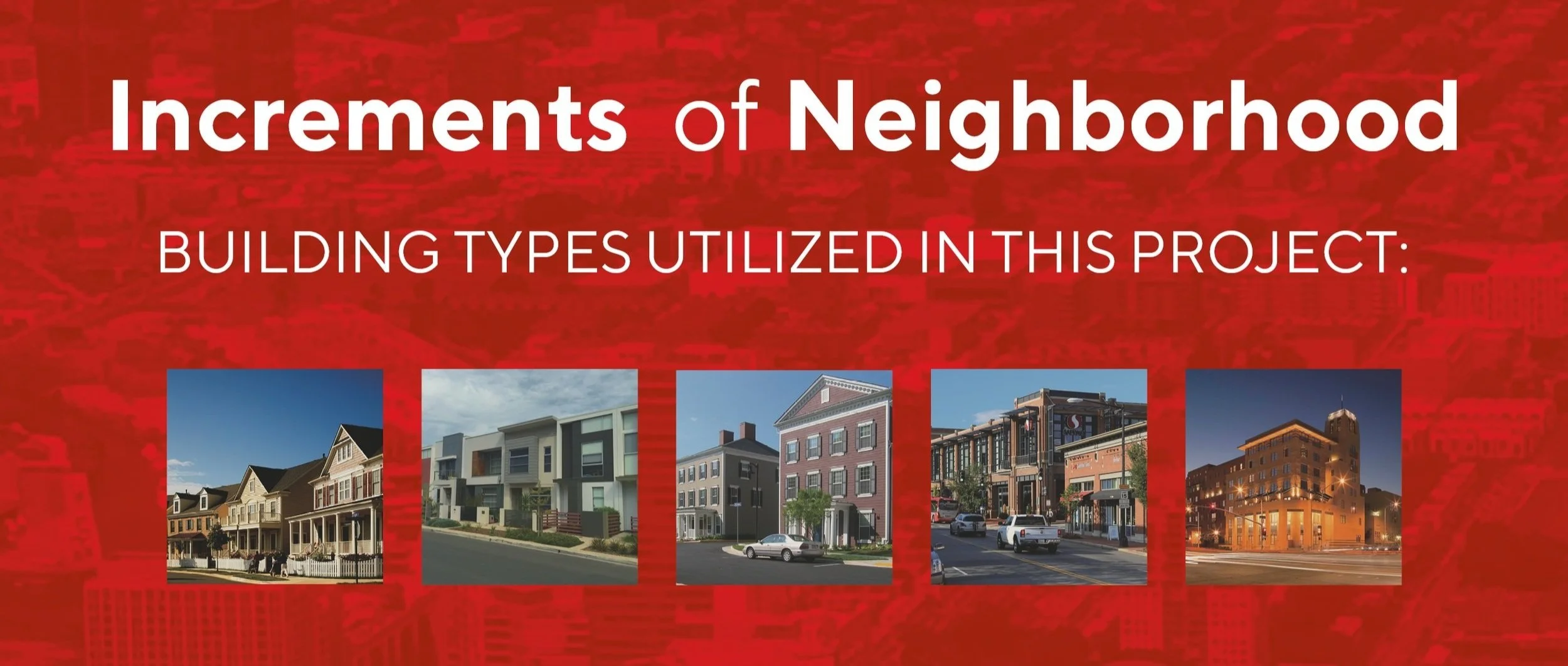
250 Mission at Baltimore Penninsula
BALTIMORE, MARYLAND
MIXED USE URBAN RENEWAL
156 residential units
26,000 sf retail space
10,000 sf of common areas
Approximately 1,000 garage parking spaces
Programming, Urban Design, UDAAP approval, Architectural Design, Consultant coordination
BUILDING TYPOLOGY
Podium IBC Type III Mixed-Use Residential
Lined Speed Ramp Garage
ARCHITECT OF RECORD: Torti Gallas + Partners
Client: MAG Development
BUILDING TYPOLOGY
Podium IBC Type III Mixed-Use Residential
Lined Speed Ramp Garage
250 Mission is a new mixed-use, multifamily development located within the Baltimore Peninsula master plan in downtown Baltimore, MD. Brian O'Looney, as a design partner at Torti Gallas, led the team through programming, master planning, entitlement, design and implementation for the project. Situated within one of the largest urban renewal projects in the United States, the development aims to revitalize and reshape the city's waterfront and surrounding areas.
The broader master-planned site spans 235 acres, including 2.5 miles of waterfront, with the remaining 177 acres dedicated to approximately 14.1 million square feet of mixed-use real estate. This mixed-use, mixed-income building stands as a dynamic part of this transformation, blending residential, retail, a central parking garage resource serving the entirety of the first phase of development, and community spaces in a vibrant urban environment.
Rooted in Baltimore’s historical industrial character, the building's design incorporates high-quality architectural elements that evoke the city's rich legacy while internally embracing a modern, urban aesthetic. The result is a distinctive structure that contributes to the ongoing revitalization of the Peninsula, offering a blend of innovative design and community-driven functionality. This development not only adds valuable housing and commercial space but also fosters long-term economic growth, enhancing the connectivity and sense of place.
As lead design partner, Brian developed and refined the project design, guided the project through public approvals, and managed all facets of the architectural process, acting as the key point of contact between the design team, client, and construction partners. In addition to traditional project management responsibilities, he prioritized aligning design choices with the client’s pro forma, ensuring the project maintained both architectural integrity and financial feasibility at every stage of development.










